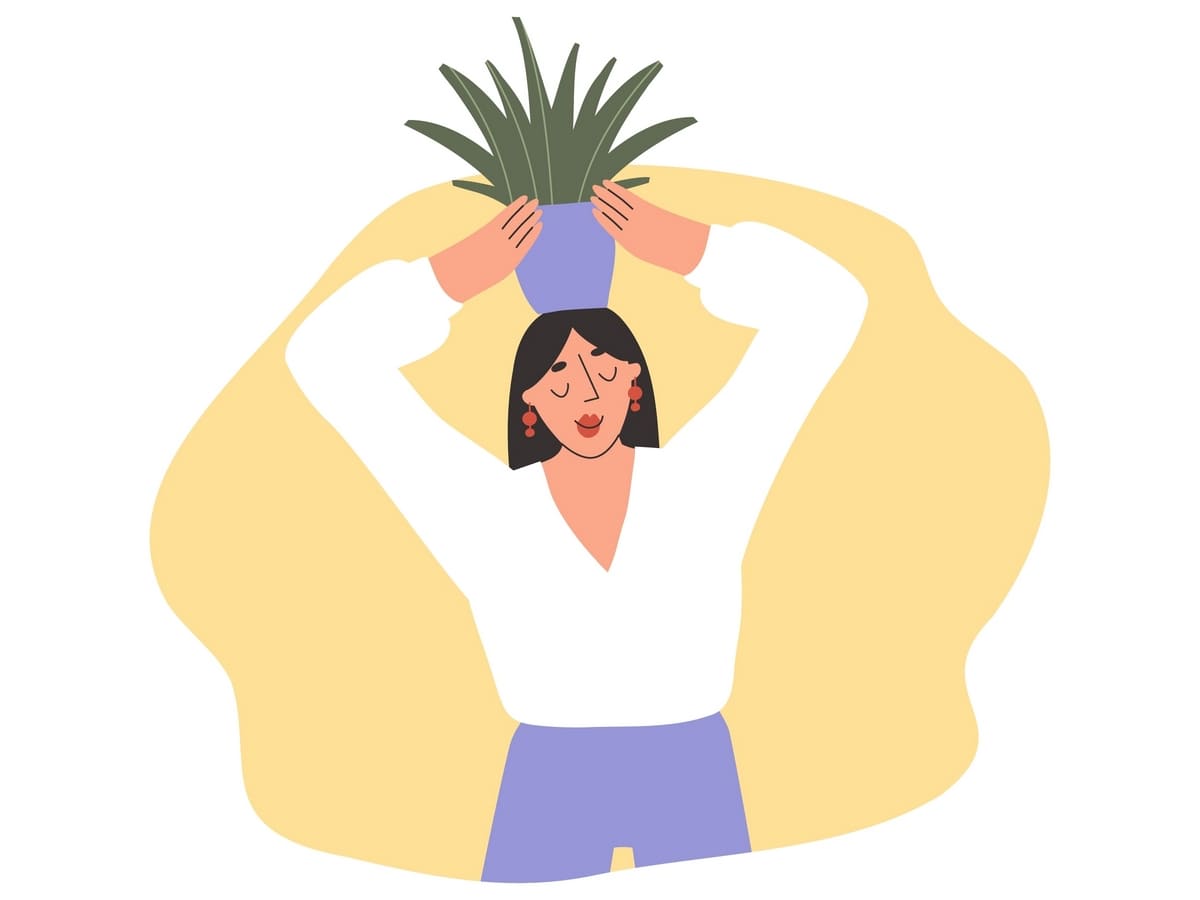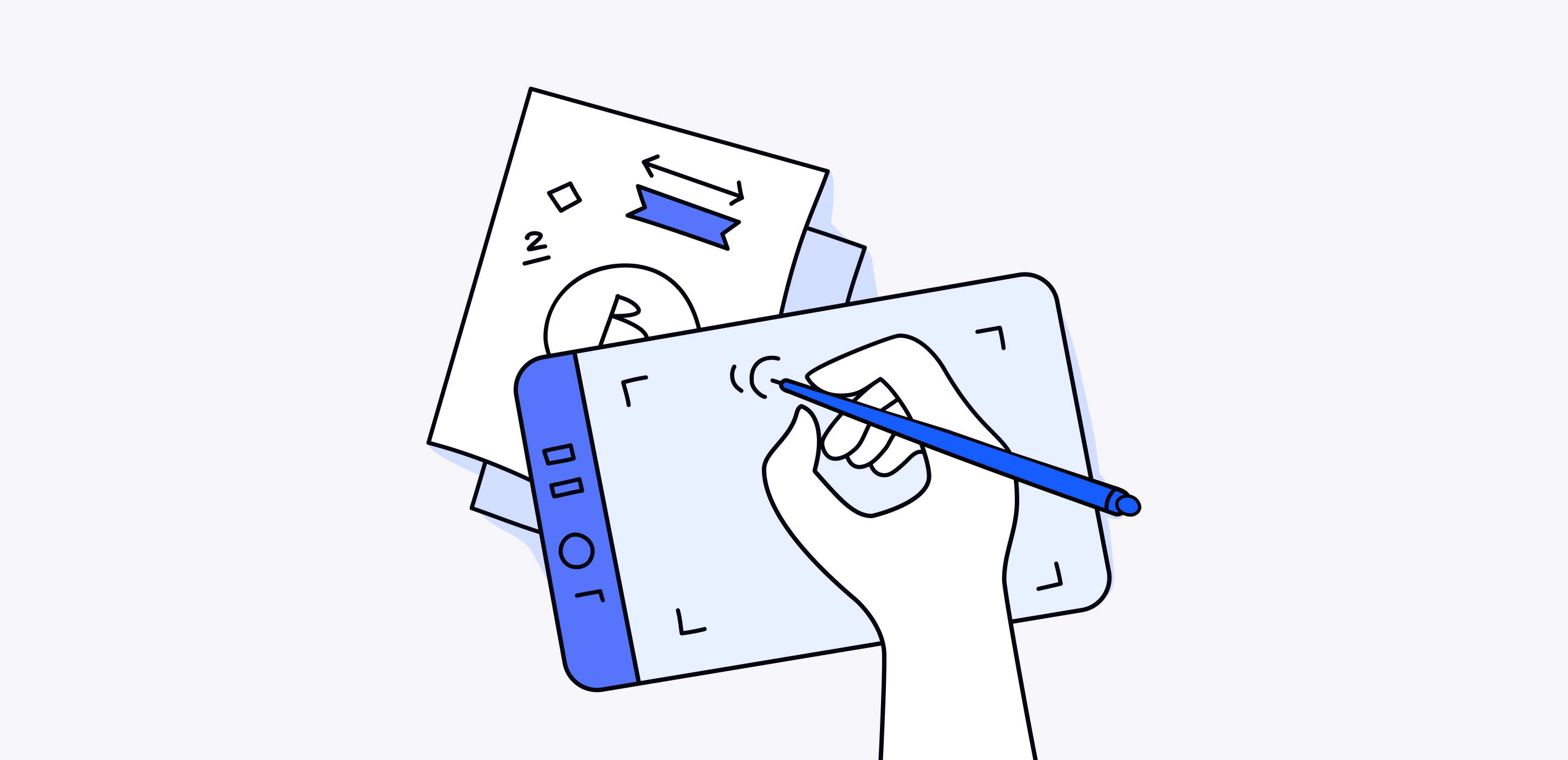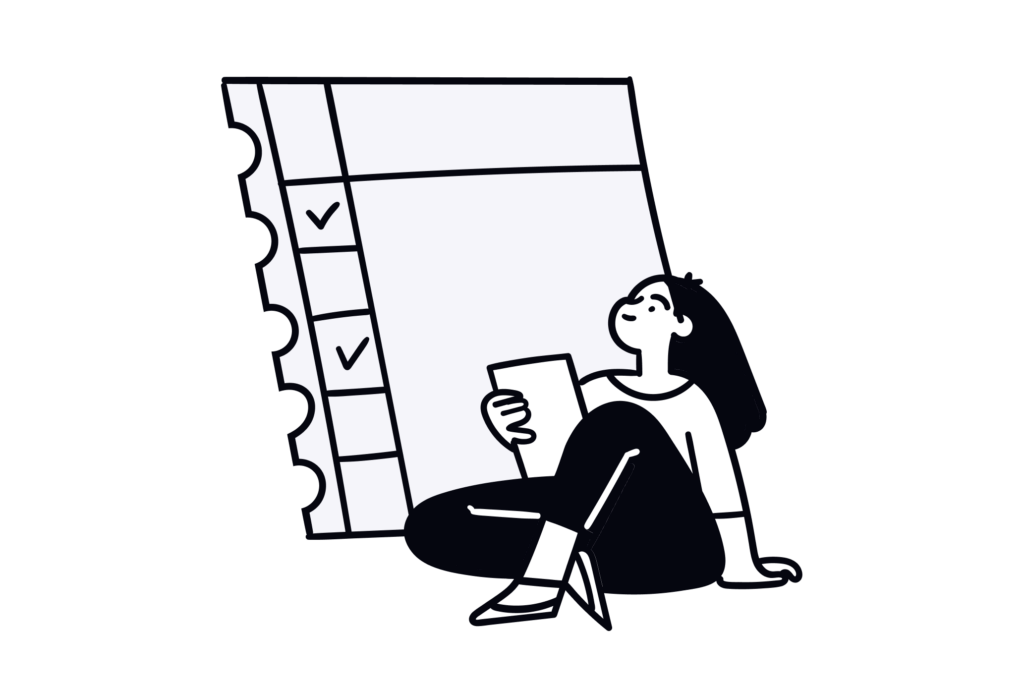A well-created and thoroughly-considered character gives people a feeling of naturality. It’s like he/she/it was born this way, and no team of designers and creators worked hard to present it. However, when we see one that seems to lack cohesiveness, we think about people who didn’t devote enough time and effort to accomplish this character.
Figuring out how to design a character, we will need to answer a few questions:
- What makes a great character?
- How to design a character that will melt people’s hearts or cause pure haterade?
- What should a designer pay especially close attention to when creating a character?
- Are there any secrets or shortcuts to quickly creating an outstanding character from scratch?
Talent and skills
The first secret every designer should learn is that talent and technical skills must be supported by organizational skills, the ability to keep everything in order, self-management skills, and the opportunity to note down everything that might come in handy later.
xTiles helps me with this support hugely. It took a burden of chaos from my shoulders, and now it’s easier for me to devote myself to design entirely.
I’m thrilled to share my own tips with you. Each of them was gained during hard and persisting work on designs of characters of different kinds. I combined it with a standard scenario on designing a character because these two are inseparable, and I think it will be easier to stick to some sequence.
The best part is that my guide will merge with your preferences and your working style because it was built to be as basic yet as versatile as possible. Mix your own experience with what you’re going to read below, and enjoy the results.
Designing an iconic character

Character design is part of concept art illustration. Concept art is where all great movies, video games, comic books, animation, etc., start.
You need to create a visual design for something that doesn’t exist yet. And its existence may depend on how well you manage your task. The character you create tells a story.
There’s one more purpose to designing a character – your portfolio. For some, creating a character for a portfolio might be less important. Generally speaking, your portfolio is supposed to do what a good concept art illustration does – sell your visions. So, whether you’re trying to learn how to do character design for your next project or your portfolio so you will get the next project, you need to do it responsibly, using all of your talent, skills, and creativity.
1. Come up with the idea

In a perfect world, your client will provide a character brief with the most important information you need to start working. However, be prepared to get a bare minimum of information too. The character may live in the client’s head, but they may not have enough skills to present you with their vision. How can you “extract” it?
Ask your client what their favorite characters are
My first tip is to ask your client about their favorite characters. I often use the xTiles Interview Notes Template to discuss what my manager wants to see. I note my questions before the meeting, and then I note their answers. Besides, even if you did get a brief, it’s still up to you how you will interpret it.
Sometimes, the project’s name is enough to grasp the right concept. So, it doesn’t matter how little information you get. Your ability to get the maximum out of it is the key to success.
Create a biography and make your character exist
The xTiles Character Profile Template will help you create, in some sense, a biography and make your character feel more real to you and everyone who will work on its creation.
After some time, you probably won’t use it very often because you two will become best friends, but at first, it will be your must-read.
Brainstorm
If nothing is known about your future character, you will need to brainstorm first, whether alone or with your team, to develop the main features.
You may use the xTiles Brainstorming Template.
Start with the most general things. Or go from little details to bigger concepts concerning your character’s appearance and behavior.
Imagine that you’re playing a “Who am I?” game with stickers on your forehead, asking your friends “yes” or “no” questions.
Sometimes people use the people they know to become a prototype. Many iconic characters were developed from:
- artists’
- real-life friends,
- family members,
- acquaintances,
- colleagues,
- etc.

Brainstorming is inevitable in any case, even if you got the most detailed brief in the world, because visual representation is much deeper than words. Every detail about your character is important:
- How do they walk,
- How do they talk,
- Do they have some distinguishing features,
- What colors do they prefer,
- Do they resemble some well-known characters….
There will be many questions to answer before you start creating your character. However, there will be even more questions once you start.
Your idea will grow and evolve while you work on its visual representation. That’s why having a reliable tool to note everything down is important.
Find inspiration
Looking for inspiration in your everyday life is the best strategy to get a dose of it regularly. That is my most useful tip.
Remember all these strange animals from Medieval books? Their creators probably didn’t pay much attention to the world around them and relied entirely on their imagination.

Don’t miss a single thing
I prefer using the xTiles app Quick Notes to note all of my ideas about a character I currently work on. My favorite thing about this is that all my notes immediately appear on my desktop version. Also, it is suitable for uploading references, pictures, and other stuff. Everything will go to your desktop version straight away too. And since I spend quite a lot of time on my phone (probably, even too much) looking for inspiration and what I can use for my designs, this feature is particularly useful for me.
2. Research everything
Trying to learn how to design characters, people usually pay attention to:
- technical skills
- tools they may use
- styles they may use.
However, character development and creation are much more than the process of drawing. There are many layers behind a finalized character, and each of them is crucial for success.
If you think your character is fully developed after the first step, and you can start your sketches, there’s news for you.

We need to shape it so that those who have to like it will like it.
Study the audience
You need to study the audience you will refer to with your character.
You may be thrilled and excited to start, but without previous research, all your work might turn out to be irrelevant. Let’s start checking and jotting down what is important.
If you’re wondering, “How can I design a character that will appeal to people?”, you need to specify to whom you need to appeal first. Your target audience’s experiences define your character in many ways. It will dispel many doubts about your character’s appearance and what colors and techniques you should use.
Knowing the intended audience’s age, gender, location, etc., is important, but it might say little to you, especially if you have never worked for these people. So, I suggest checking other artists’ works designed for that specific audience.
Set clear and comprehensive tasks
After you’re done with checking what your audience is waiting for, you may use the xTiles Graphic Design Assignment to set a task clearly to avoid misunderstanding between you, your team, and your client. It also helps me to focus on what I need to do without trying to add what is unnecessary.
Find references

If you’re wondering “How to design a video game character?” or “How to design a D&D character?”references may help enormously. Reviewing other people’s designs is important for inspiration too. They will help you grasp the needed vibe. You may even create a mood board devoted to your character’s vibe. It will work perfectly with the character profile. And in case you get stuck with some detail, it may help you find a solution.
You may try the xTiles Bookmark Template to quickly access all the resources and references needed during creation.
You might need to figure out other things during the work because it’s impossible to learn everything at once. Your character develops and grows so that it may also change. For many, the pitfall that might stop the work is the characters’ outfits, even though it sounds silly because we all deal with clothes daily. If you are trying to figure out how to design a character’s outfits that will help represent its initial nature, just go and look for references once more. If your character is from the 18th century, watch some historical dramas. Outfits are much more important than they may seem for creating a finished character.
Be careful with references
However, once you check your references, run away. Don’t spend too much time with them. Otherwise, later you won’t be able to distinguish between your own ideas and vision and those you unintentionally “borrowed”.
3. Time for art!
Probably the most beloved part of the process for any creator. You’re in your element now. You may start your drawing on paper and continue using a graphic tablet, or you may go to a tablet in the first place. Which tools you’re going to use mostly depends on your preferences and style. Sometimes your customers’ visions may add some adjustments.
I prefer to start by drawing thumbnail sketches – small samples of images. It will help me see the whole picture, and later they will become my plan.
I believe an intimate act of creating needs no suggestions. I won’t disturb you here. However, I want to suggest a couple of things I learned.
Plan your work
Plan it thoughtfully so that you won’t do everything hastily the night before the deadline
You may use the xTiles Weekly Planner to schedule everything evenly throughout the week. Or you may use more specific approaches. For example, the xTiles Kanban Board Template is perfect for big long-term tasks that contain much smaller ones.

Inspiration comes from work
Waiting for inspiration to start steals your time. Inspiration comes when you’re working. Unfortunately, it doesn’t appear in a vacuum. Thankfully, you have done a lot before starting to design your character, so you should be motivated enough to start as soon as possible.
Experiment wisely
I usually see two cases – people too scared to experiment and go beyond the ordinary so that their designs and characters are flat and people who are too obsessed with experiments so that their designs and characters are too complicated for recipients. It’s important to maintain a fine line between these two conditions and remember that even the smallest detail in your character’s appearance is your storytelling tool. Don’t make it too heavy with details, yet don’t steal from it. Don’t rely on people’s wit too much, yet don’t think they are idiots. A designer is a juggler sometimes.

Opinion of other people may be helpful
Finally, you may ask for feedback from your team or client while you’re still somewhere in the middle. From that point, it is already clear what you’re trying to show, but it still isn’t too late to redo everything if you’ve gone in the wrong direction.
Summing up

Creating something out of nothing is hard yet rewarding. It’s always an exciting journey where an artist follows an idea. The path will be much easier if you know shortcuts and how to fight obstacles.
Over time everyone develops their own approaches and tips to make the process easier and more effective. My last tip for today will be – use other people’s experiences as they are reliable shortcuts. I hope mine will be useful for you.









